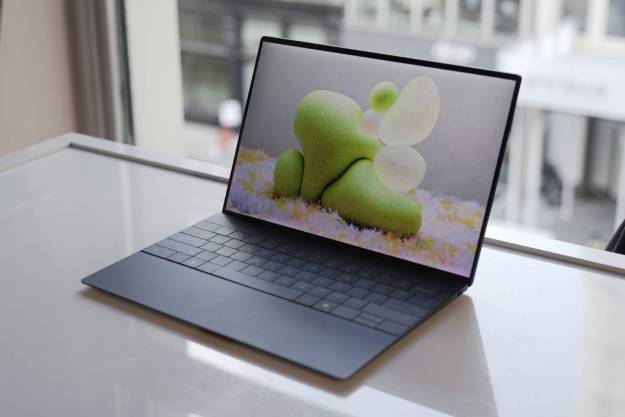While most new products were heavily promoted, some were hidden in plain sight as manufacturers did not seem quite sure what to do with them. One example is a Samsung all-in-one (AIO) PC that was buried in the company’s booth and that didn’t get much attention at CES itself, Sammobile reports.
Samsung told CNET during CES 2017 that the new machine — dubbed the ArtPC or simply the Samsung All-in-One, depending on who you talk to — is not currently slated for the market. However, that didn’t stop the company from posting two introduction videos to YouTube.
The Samsung AIO was shown off in two versions, with and without a touchscreen. The specifications are as follows:
- 24-inch Full HD display, with or without touchscreen
- Intel Core i5-7400T CPU
- Up to 16GB RAM
- 1TB 5400RPM hard disk drive
- Soundbar with two 10-watt speakers
- Wireless keyboard and mouse
While other details are sketchy, it looks like the Samsung AIO would offer a host of connectivity options, including multiple USB 3.0 ports, HDMI in and out, a Gigabit ethernet port, and an SD card slot. Windows 10 Hello appears to be supported for logging in via facial recognition. Samsung is including some special software with the machines, including its SideSync utility to make it easy to sync data with its smartphones and tablets.
Time will tell if Samsung decides to actually sell the PC. In the meantime, we’re left with watching the video and wondering if the Windows 10 AIO market will get yet another innovative new participant to go with Microsoft’s Surface Studio and Dell’s XPS 27.
Editors' Recommendations
- You can buy this LCD mod for one of the best PC cases now
- Forget waiting! Here’s all the CES 2022 tech you can buy right now
- The new HP Envy 34 all-in-one has a magnetic webcam that’s perfect for streamers
- HP launches a work-from-home PC to take on the new iMac
- Lenovo’s new all-in-one PC features a swiveling hinge for work-from-home comfort


